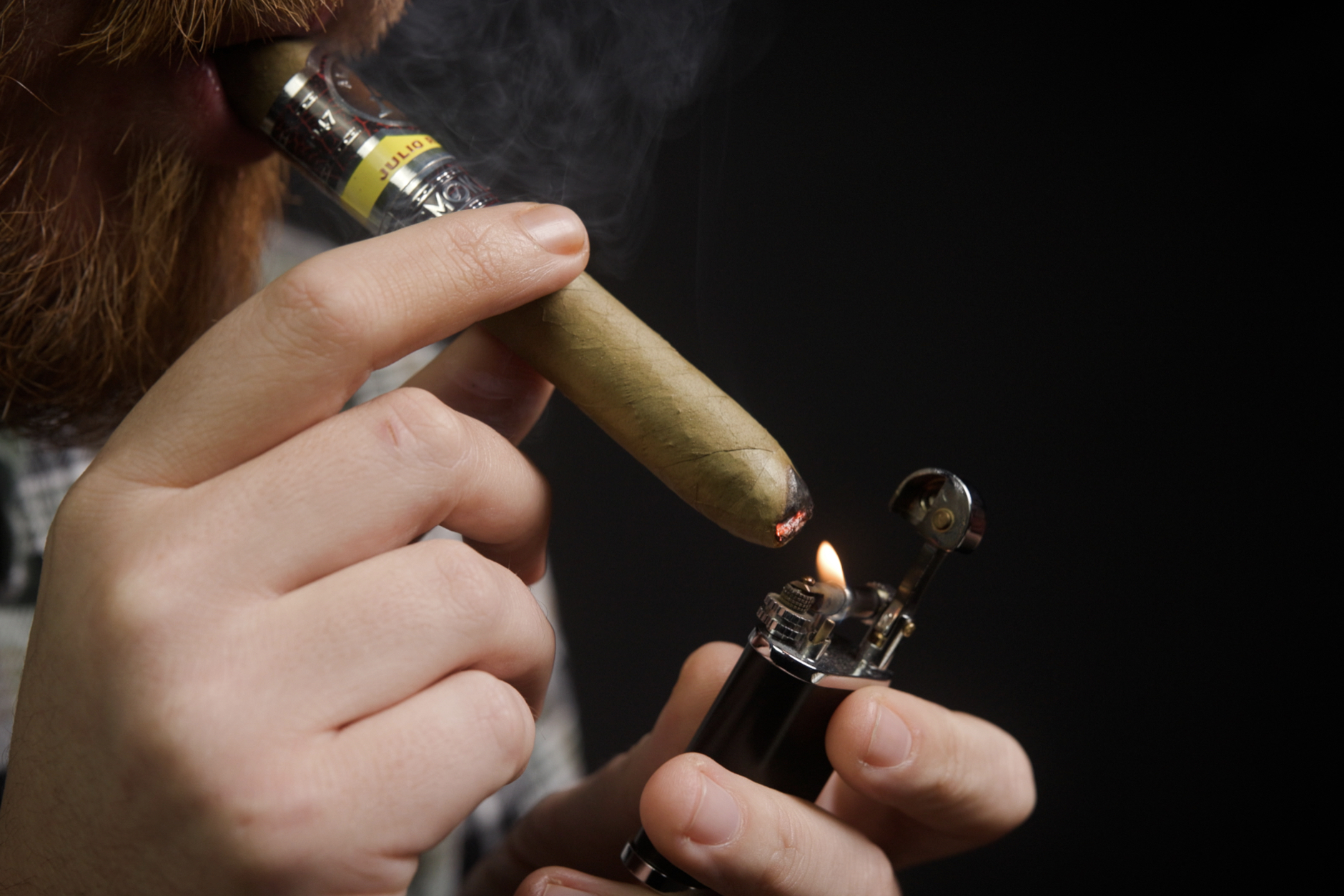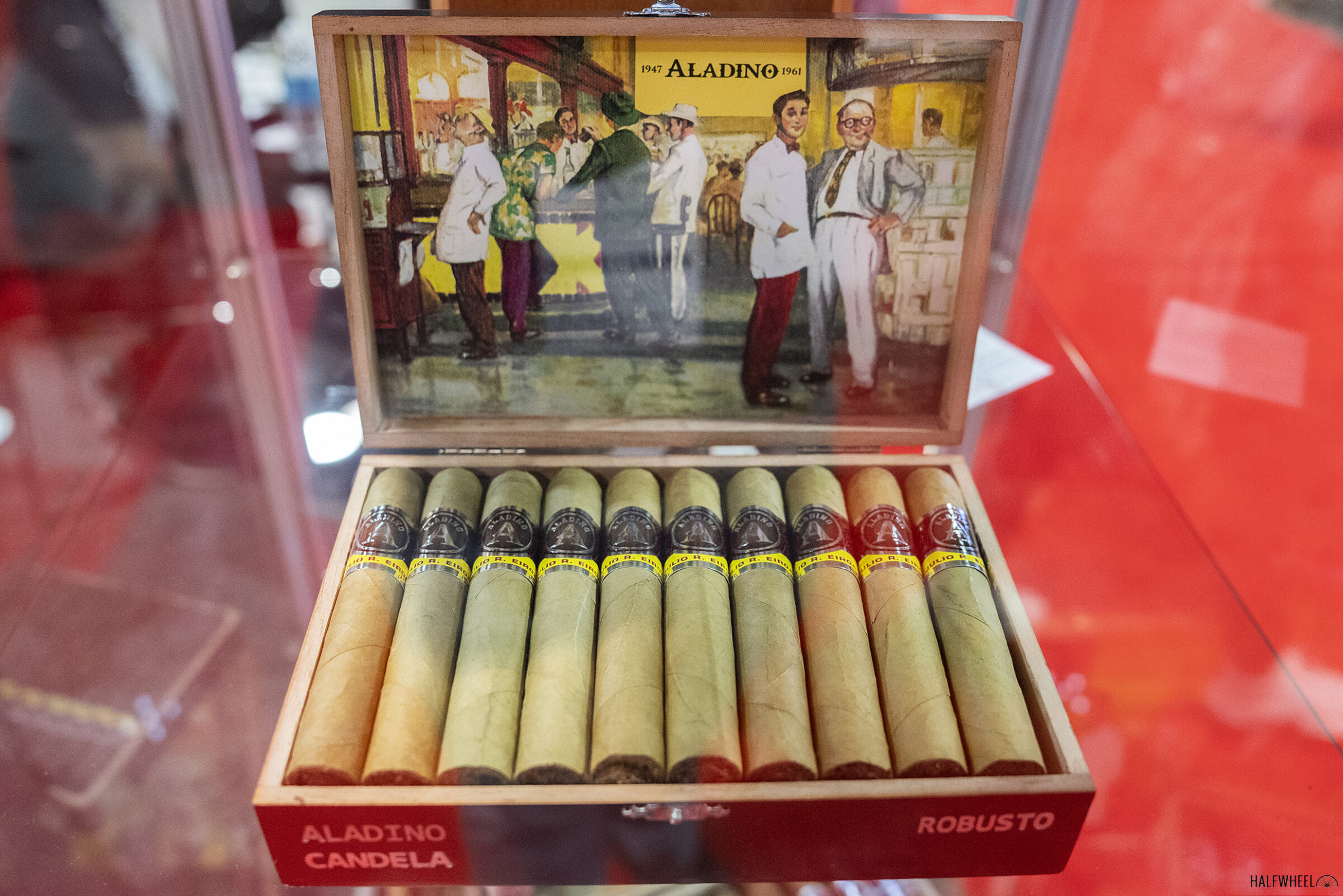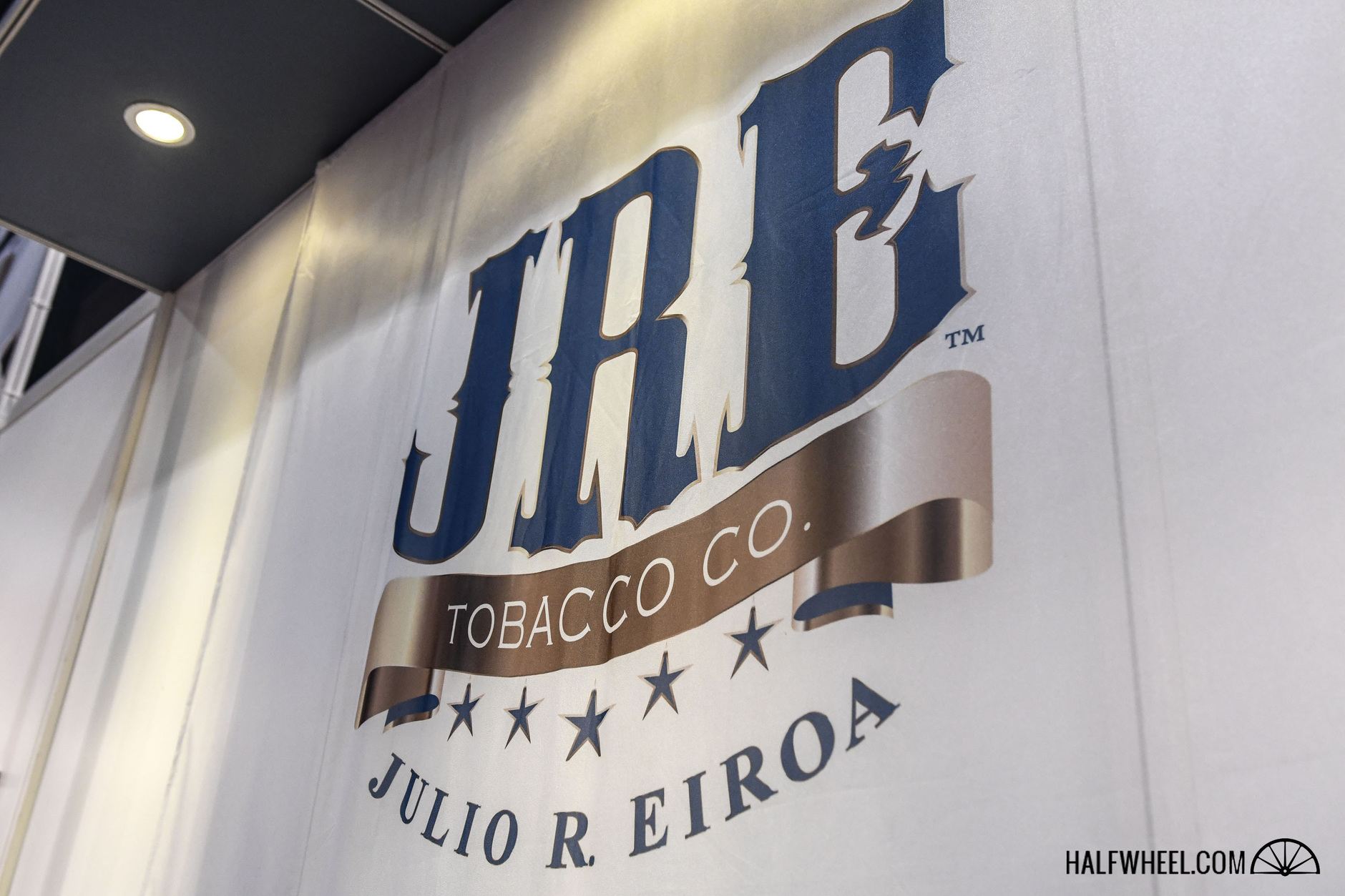Earlier this year, JRE Tobacco Co. introduced a candela cigar of its own, using corojo tobaccos grown by the Eiroa family. This weekend, that line is getting a second size.
The Aladino Candela Queen’s Perfecto is a 5 1/4 x 46 perfecto, combining the Aladino Candela blend with the Queen’s Perfecto vitola the company has used for other lines. Blend-wise, the cigar is made entirely of Honduran tobacco, including a green candela wrapper and corojo-seed tobaccos for the binder and filler.
Each cigar has an MSRP of $8, and production is limited to 200 boxes of 25 cigars. They will only be sold at Smokingpipes.com, the online retail division of Laudisi Enterprises, a company best known for its large presence in the pipe world.
“Earlier this year, we were fortunate enough to receive a number of Aladino’s Candela Robusto cigars, and we loved not only the flavor and construction, but the history as well — Julio having been the largest Candela producer a generation ago when the leaf dominated the market,” said Shane Ireland, vp of retail for Laudisi, in a press release. “Given our legacy in pipes and pipe tobacco, that homage to history and tradition resonated deeply with us, so we began working with Aladino on an exclusive Queen’s Perfecto vitola.”
Smokingpipes says it will put the cigars on sale this Saturday, Dec. 2. Each cigar has a secondary band noting that it is an exclusive release for Smokingpipes.
Candela refers to a process that produces the green-colored cigars that always get more visible this time of year due to St. Patrick’s Day. Sometimes the cigars end up very green-looking, other times they can be a tan color with a green hint. Whatever the shade, candela is the result of a process, and not a varietal of tobacco such as criollo or habano. In order to create candela tobacco, the tobacco is heated in a specialized barn at much higher temperatures than other tobaccos. The idea is to heat the tobacco by incrementally increasing the temperature, which removes the moisture from the leaves. Eventually, the moisture is removed, and the leaves become dry but are green because the chlorophyll hasn’t been removed, something that happens with the slower process that the vast majority of tobacco used for premium cigars goes through, and which results in the light tan to dark brown colors of those leaves.
Many decades ago, candela was the most common wrapper found on cigars in the U.S., though at this point, it’s closer to a novelty than a fad. For tobacco growers and cigar makers, candela has one major advantage: time. The whole process of heating the tobacco takes less than a week and the tobacco requires far less processing once it heads to factories.




